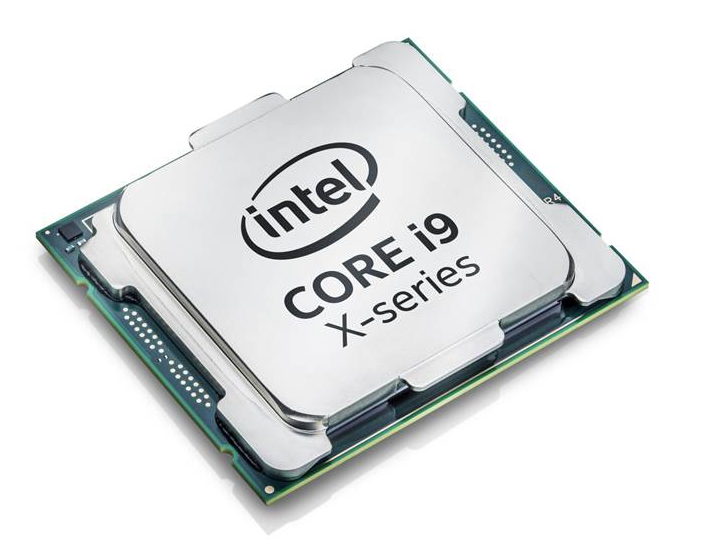I used to have the all core sync at 4.8Ghz with AVX set at 3 as
@kgp had documented.
That was fine for 99.99% on my usage. However, when I attempted to run Prime95, it even made the buzzer on my motherboard scream, with temperature reaching 110C instantly.
While I will never run tasks as what Prime95 does, I didn't want my machine to die due to some dumb code running.
So I run the following settings: All Core 46
AVX2/AVX3 with offset of -5. Even with Prime95 I don't go over 100C with that.
I have set the maximum temperature of the CPU to be 100V (default is 105C).
Input Voltage: "Fixed Mode"
Fixed Voltage: "2.1 (V) (I don't know what that correspond to on the Asus.)
Undervolt as -0.005V (was crashing with some benchmark when I had it at -0.020V but was stable everywhere else)
The Fixed 2.1V is what the BIOS automatically set if you enable All Core OC.
page 71. Referred to "Configure the voltage for the CPU Vcore"
I found a few post stating that despite the setting showing in red, it was the appropriate setting (like here:
https://www.overclock.net/forum/6-i...voltage-i9-7900-x299-taichi.html#post26476672)
In the tweaktown skylake OC guide:
Here is everything you need to know to overclock Skylake-X.

www.tweaktown.com
which states:
"The CPU now has two voltages because Skylake-X brings back the Integrated Voltage Regulator. You get a CPU Input Voltage, by default this is 1.8v, but you should definitely increase this voltage. If you don't, you will be bottlenecking performance. I would set 2.0 or 2.1v for the Input Voltage. CPU Input Voltage is also called CPU VRIN External Override or VCCIN Voltage. CPU VCore is the voltage to the cores and derived from the internal voltage regulator. I would stay under 1.3v for LCC CPUs and 1.2v for HCC CPUs. In the case of VCore, you will be limited by your cooling, so you won't be able to get away with 1.4v unless you have a delidded CPU or really good cooling
"
If set to "Default", macOS would typically lock-up after 10 minutes.
On your Asus, it is "CPU Input Voltage" change from Default to 2.1V
An enlarged full size image from https://www.tweaktown.com content.

www.tweaktown.com
Everything else is set to default.
Then play with your "Uncore voltage offset" until it's no longer stable ( I tested that under windows with the intel application)
For my day to day usage, I never see the temperature going over 85C, and I run compilation jobs for 20 minutes and more regularly that maxout the CPU at 100%
Good luck!


